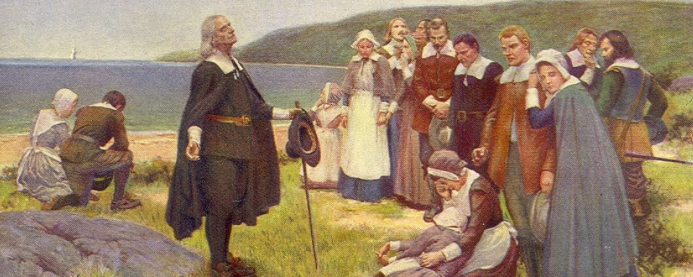History and Culture: The Monarchy
You'll find a word reference box with the meaning of some words at the end of the page
When Charles I succeeded to the throne, religion was central to life. The Church of England had succeeded in gaining the loyalty of the majority. Charles I and Archibishop Laud preferred more decoration and ritual, which to some appeared too 'papist'. Puritans, that were followers of Calvinist ideas, felt that a simple, disciplined life of prayer, study and work demonstrated that they were God's chosen. Presbytherians abhorred the Church hierarchy and wanted elected ministers. Religion entered every aspect of live.
The Church was primarily the auditorium for the pulpit, and sermons acquired a political as well as religious significance and by publishing them the audience grew even more. Anglecanism stressed outward manifestation of faith. It supported the traditional hierarchy within the Church, in particular the bishops.
Since the early days of the Elizabeth's reign, the Puritans, strongest in London and the south-eastern counties, had complained against ecclesiastical rituals. They also complained about scholarly interpretations of the Scriptures saying that individuals could understand God's will from the reading of the Bible.
The Anglicanism believed that priests should feel free to dress how they wanted and that the clergy should be distinguished by their behavior and not by special clothing. They objected to practices such as making the sign of the cross at the baptism, using a ring in the marriage and music during the services. The Calvinist theory of predestination provided a framework for life. The doctrine tought that all men were born sinners and therefore bound to damnation. Only God's grace could save man. In order to be saved everyone had to conduct a holy life of hard work and discipline.

Poverty was regarded almost as a sin by Puritans, whose duty was to improve their social status as a sign of God's salvation. Leisure was considered a waste of time. Theatre, in particular, was seen as 'the very poison and corruption of men's minds and manners'. The persisting influence of Puritanism is still to be found in some features of the English character and lifestyles.
Word Reference
[pulpit] An elevated platform, lectern, or stand used in preaching or conducting a religious service.
[leisure] Free time when one is not working or attending to other duties.